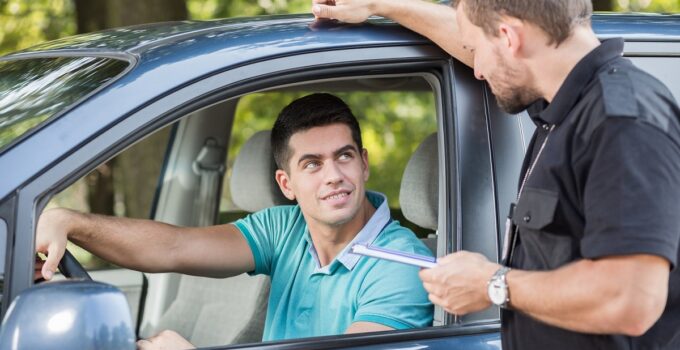Traffic stops and roadside interactions can be stressful for both drivers and police officers. Knowing how to handle these situations can make them safer and more respectful for everyone involved. Here are key tips for dealing with traffic stops and roadside interactions effectively:
1. Stay Calm and Polite
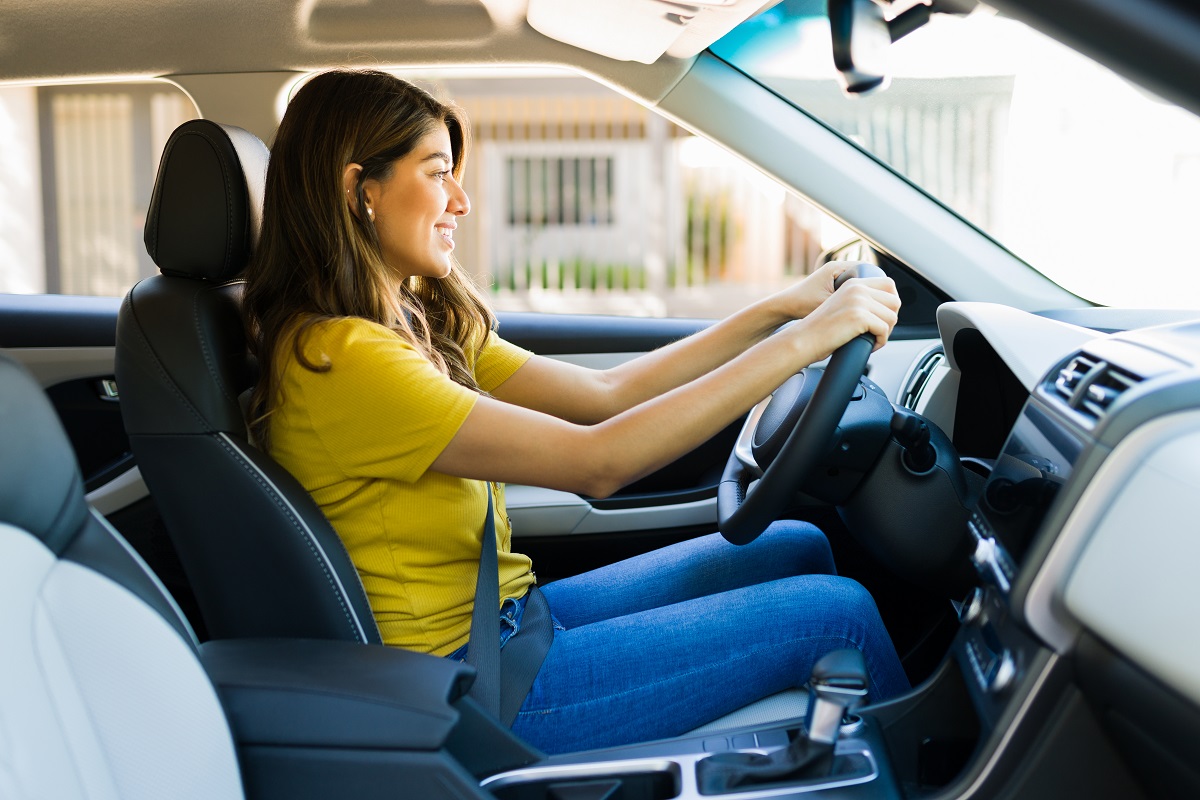
Image Credit: Shutterstock / antoniodiaz
When pulled over, remain calm and polite. Anxiety or anger can escalate the situation. Take deep breaths, and remember that maintaining a respectful demeanor helps keep the interaction positive.
2. Pull Over Safely

Image Credit: Shutterstock / Krakenimages.com
Find a safe spot to pull over when you see the police lights. Signal your intentions, and choose a well-lit area if possible. This ensures your safety and that of the officer.
3. Keep Your Hands Visible

Image Credit: Shutterstock / aslysun
Place your hands on the steering wheel where the officer can see them. This action helps put the officer at ease, showing that you’re not reaching for anything dangerous.
4. Wait for Instructions
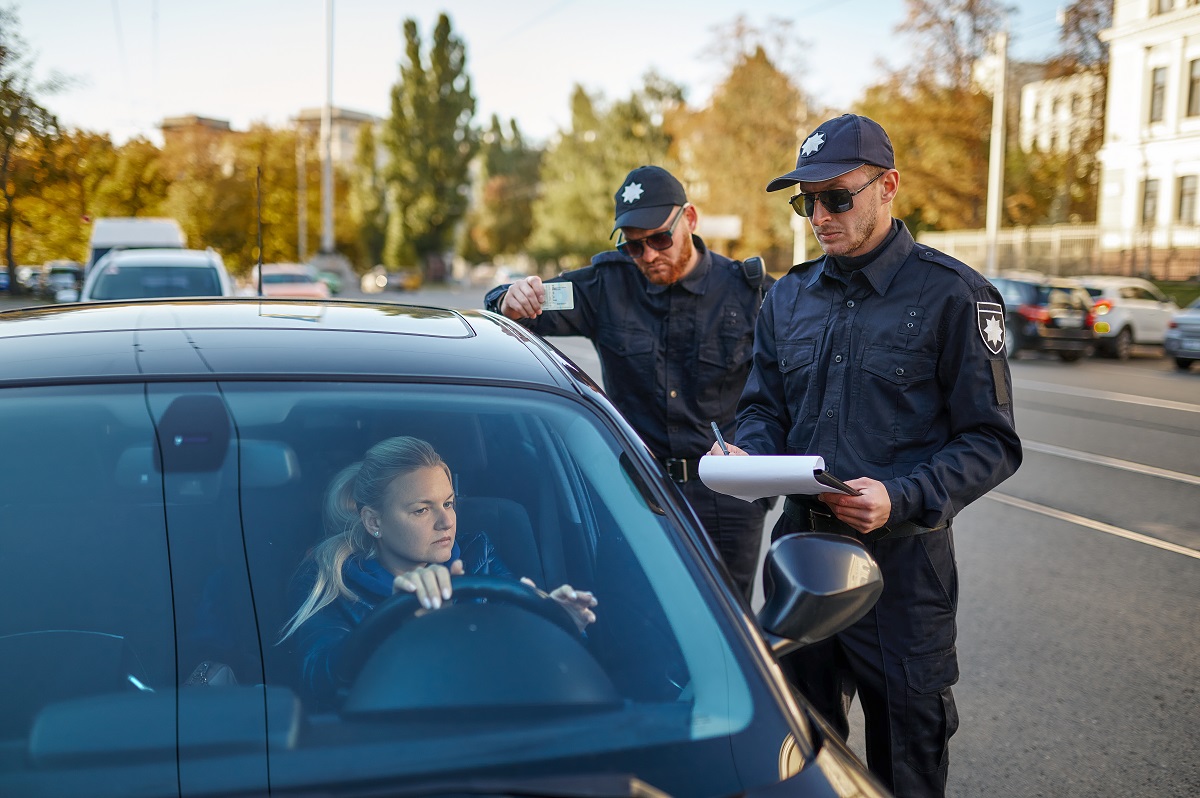
Image Credit: Shutterstock / Nomad_Soul
Do not make sudden movements or reach for your license and registration until the officer requests them. Follow the officer’s instructions carefully to avoid misunderstandings.
5. Be Honest
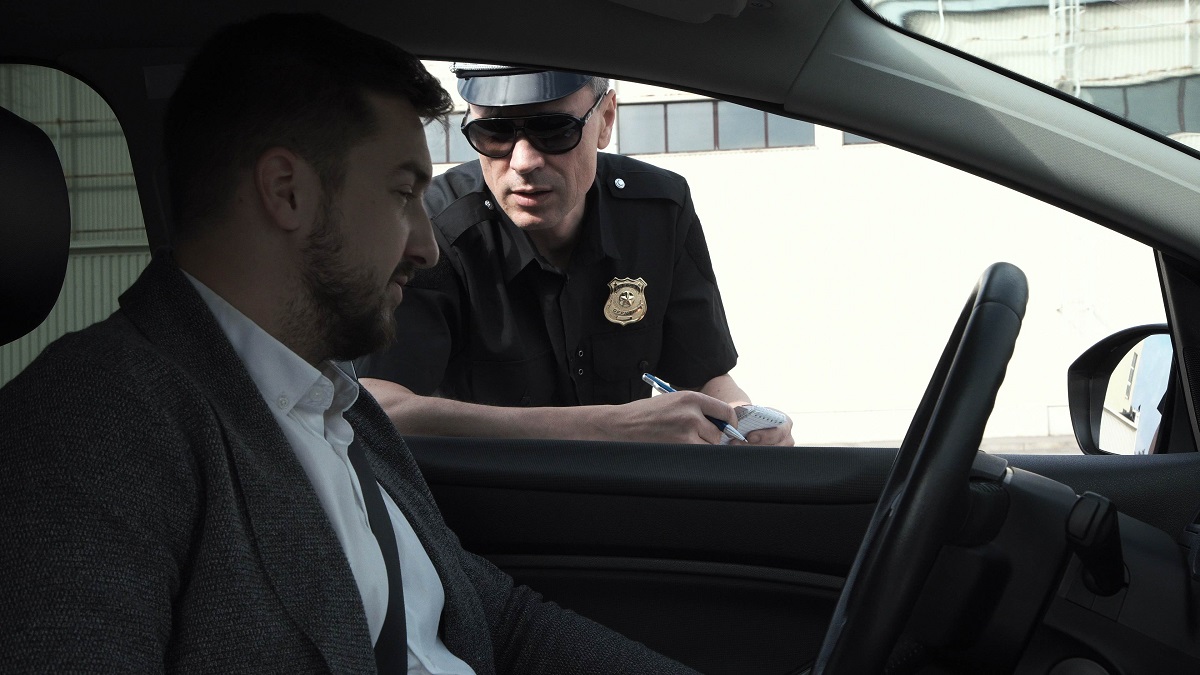
Image Credit: Shutterstock / Frame Stock Footage
Honesty is crucial during traffic stops. If you’re asked about your actions or destination, provide truthful answers. Deception can lead to further complications.
6. Know Your Rights
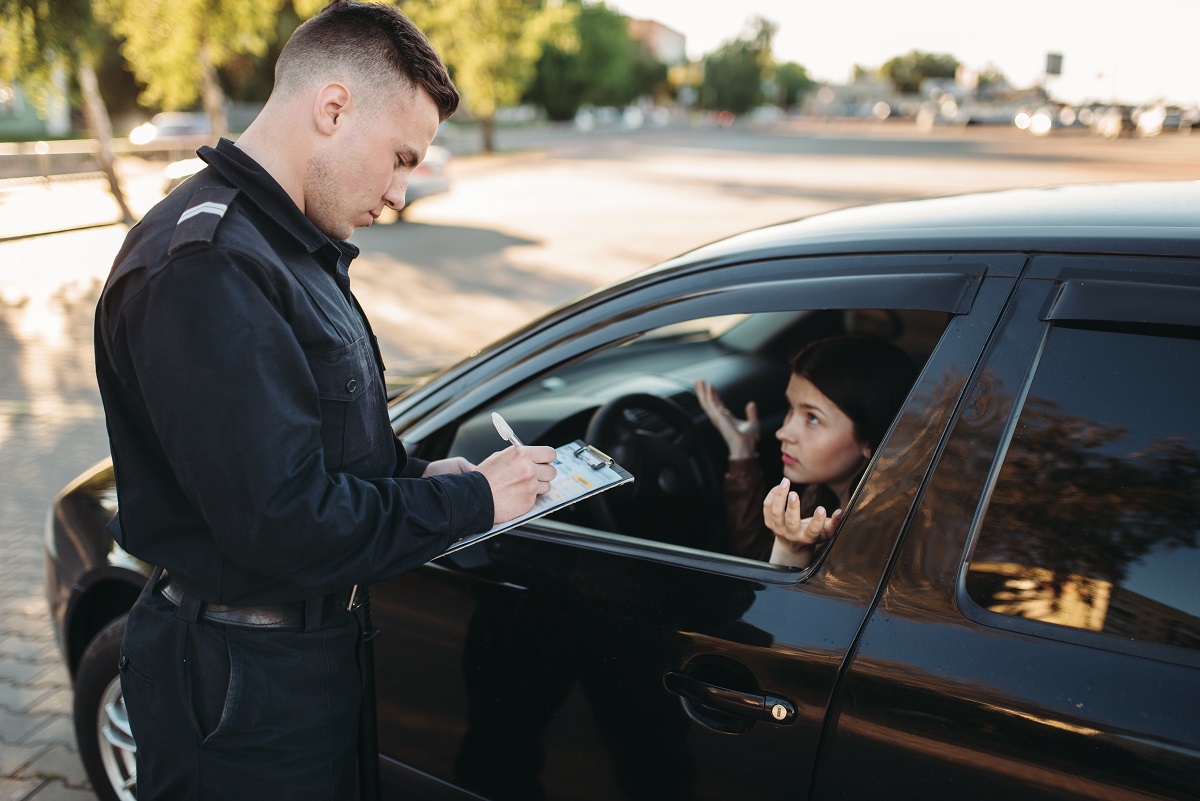
Image Credit: Shutterstock / Nomad_Soul
Familiarize yourself with your legal rights during traffic stops. Understanding what the police can and cannot do helps you navigate the situation confidently and lawfully.
7. Comply with Requests

Image Credit: Shutterstock / Natallia Ploskaya
Comply with reasonable requests from the officer, such as providing your driver’s license, registration, and proof of insurance. Cooperation helps the interaction proceed smoothly.
8. Avoid Argumentative Behavior
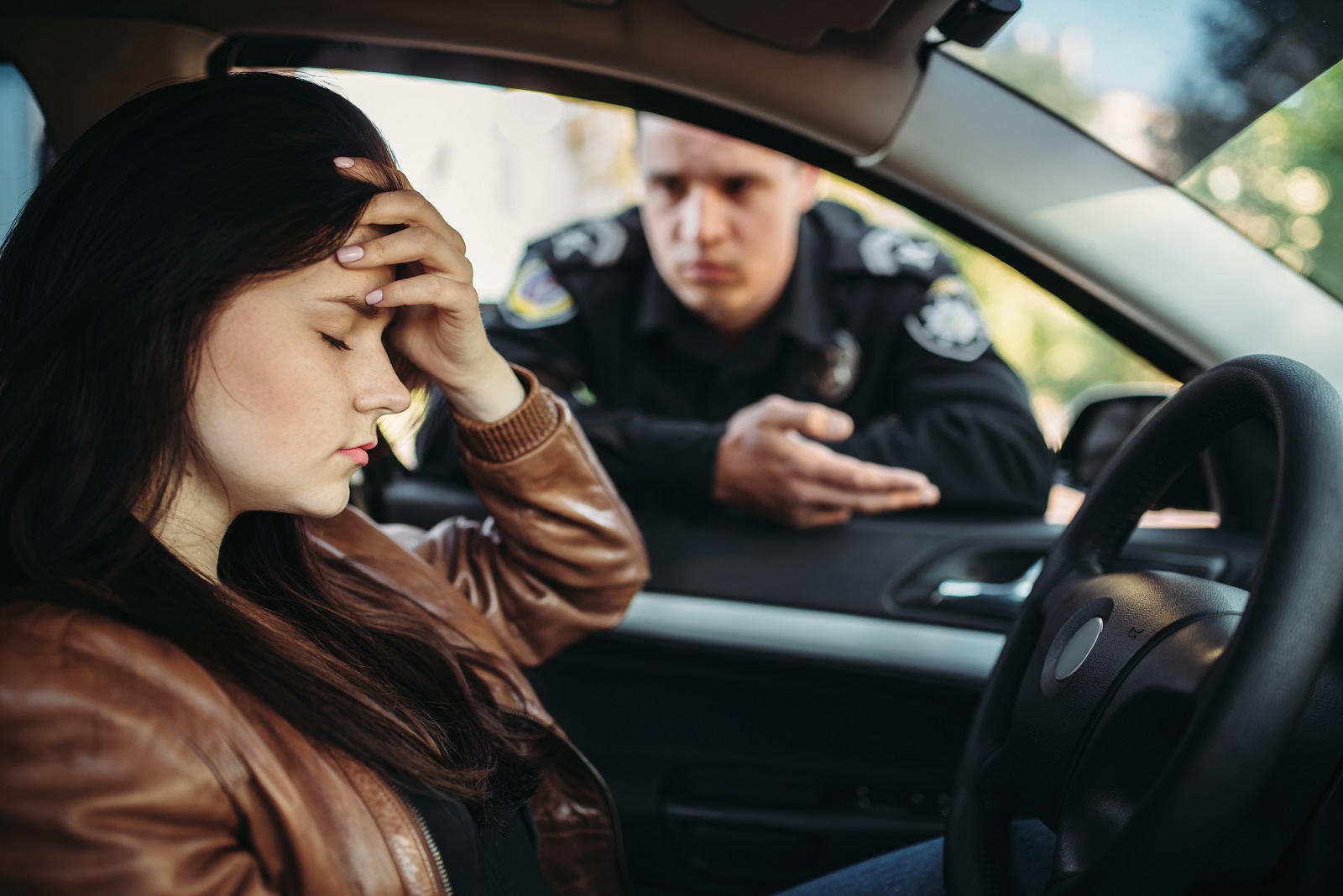
Image Credit: Shutterstock / Nomad_Soul
If you disagree with the officer, avoid arguing at the roadside. Instead, note your concerns and address them through the appropriate legal channels later.
9. Use a Calm Tone
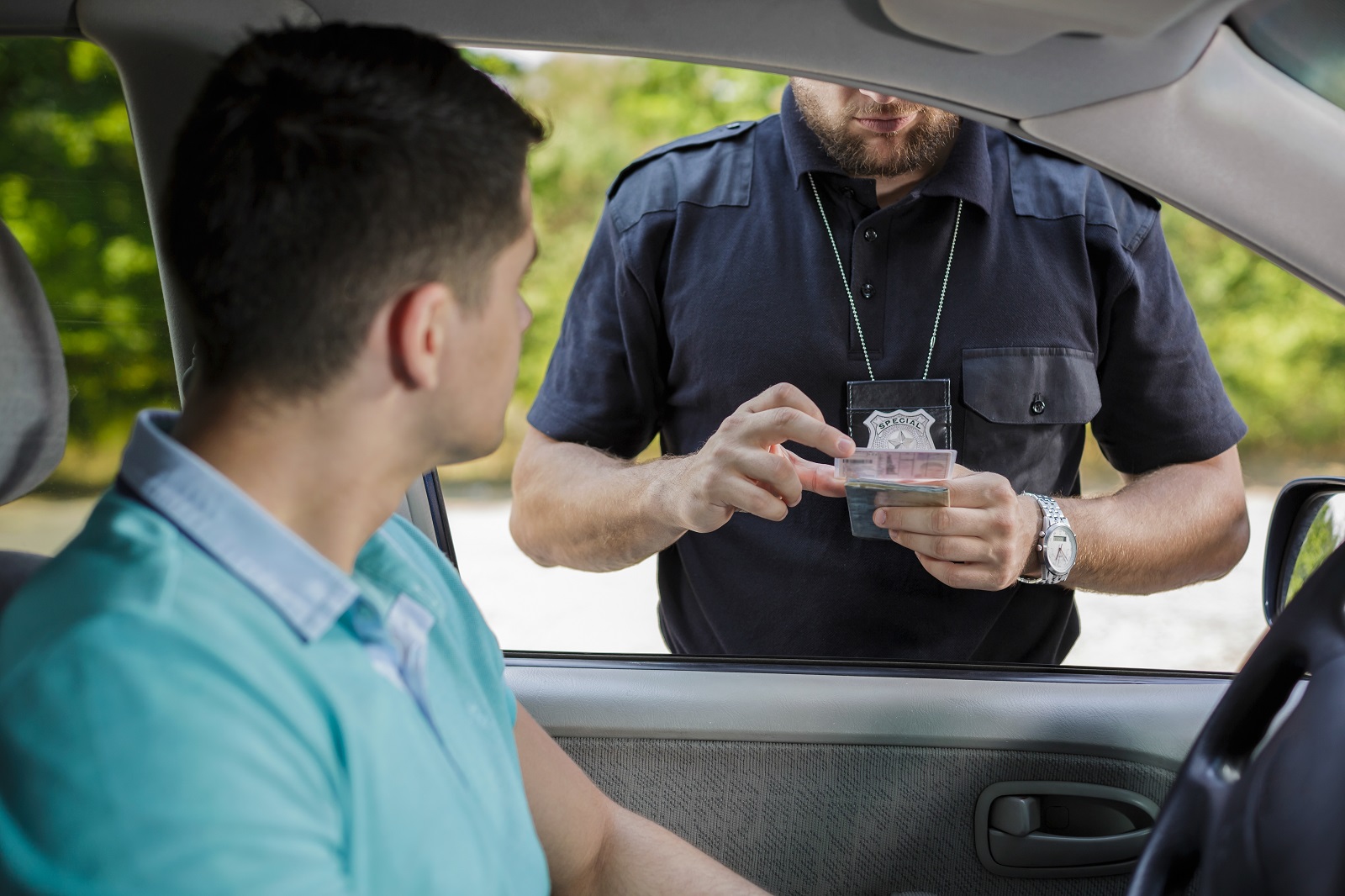
Image Credit: Shutterstock / Ground Picture
Speak in a calm and measured tone. Avoid raising your voice or using aggressive language, as this can escalate tensions and complicate the situation.
10. Record the Interaction
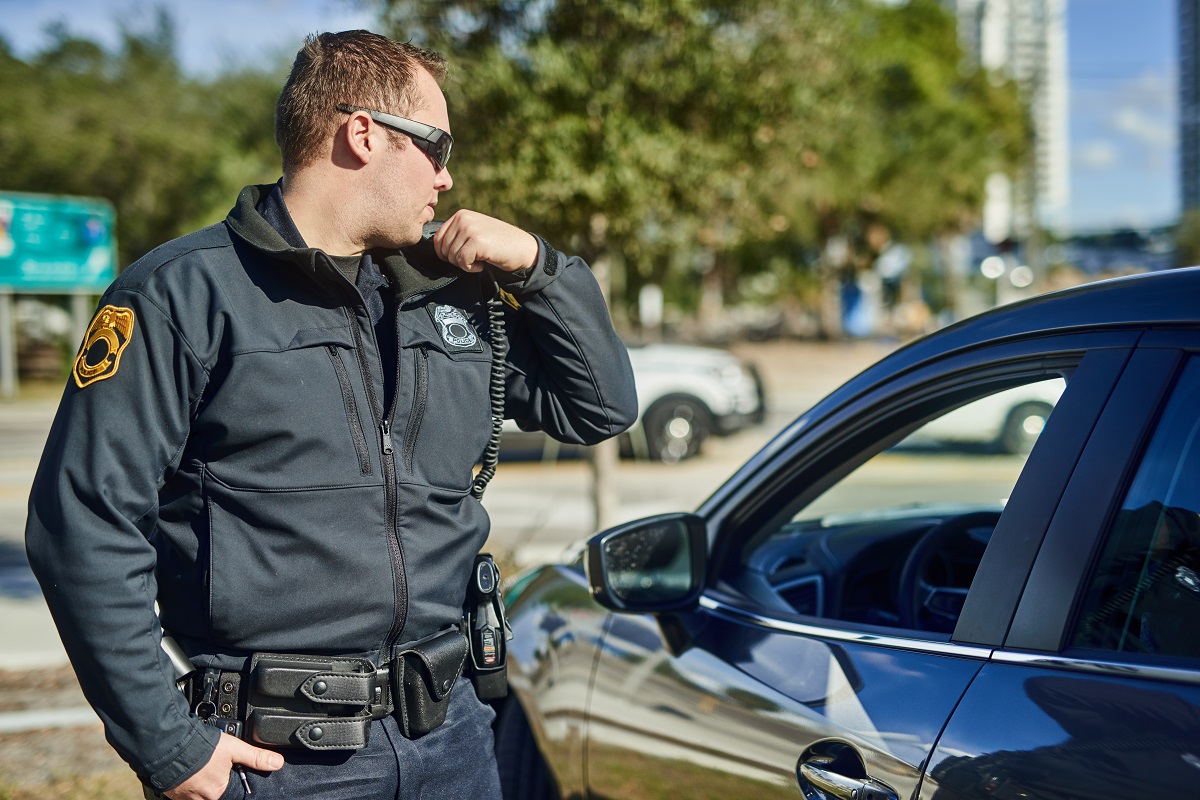
Featured Image Credit: Shutterstock / PeopleImages.com – Yuri A
If you feel uncomfortable, you have the right to record the interaction with your phone. Inform the officer that you are recording for your safety and theirs.
11. Understand the Reason for the Stop
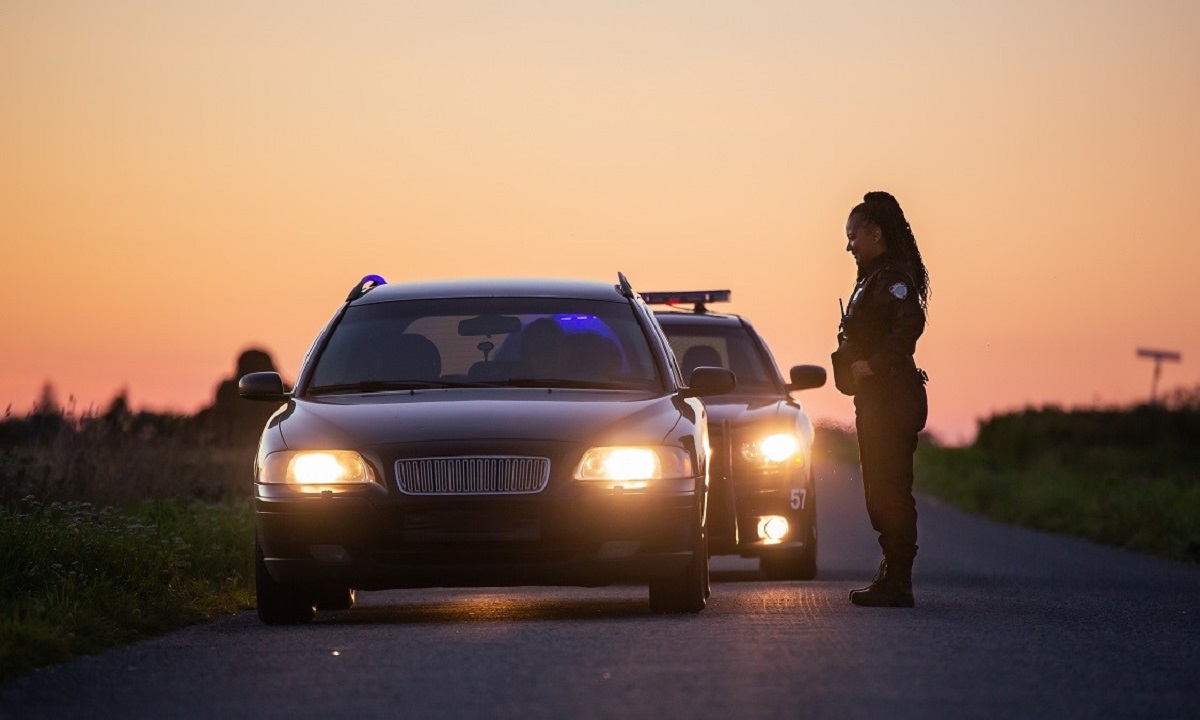
Image Credit: Shutterstock / Gorodenkoff
Politely ask the officer why you were pulled over if it’s not immediately clear. Understanding the reason can help you address the situation more effectively.
12. Don’t Make Assumptions
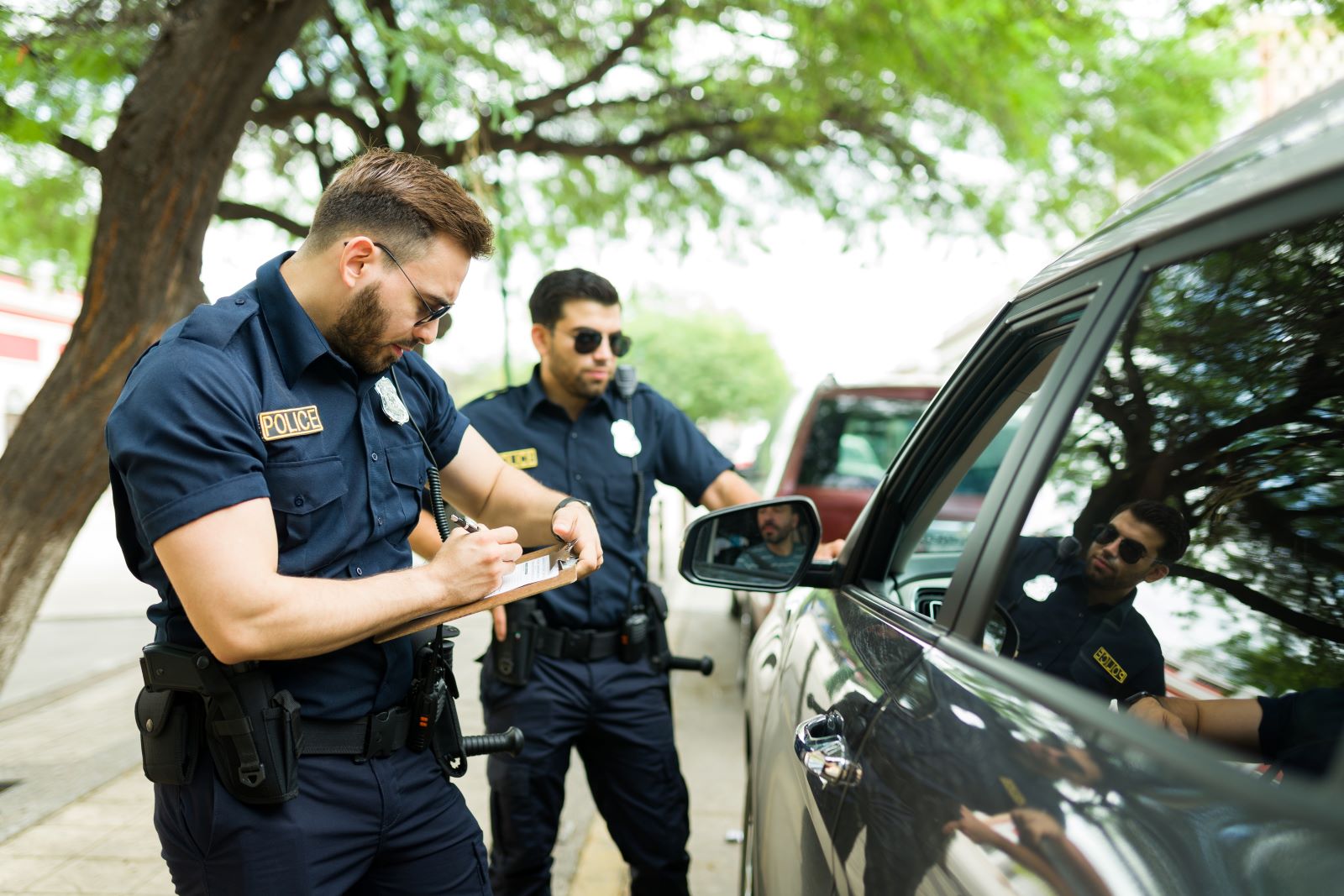
Image Credit: Shutterstock / antoniodiaz
Avoid making assumptions about the officer’s intentions. Approach the interaction with an open mind, and allow the officer to explain their actions.
13. Keep Passengers Calm
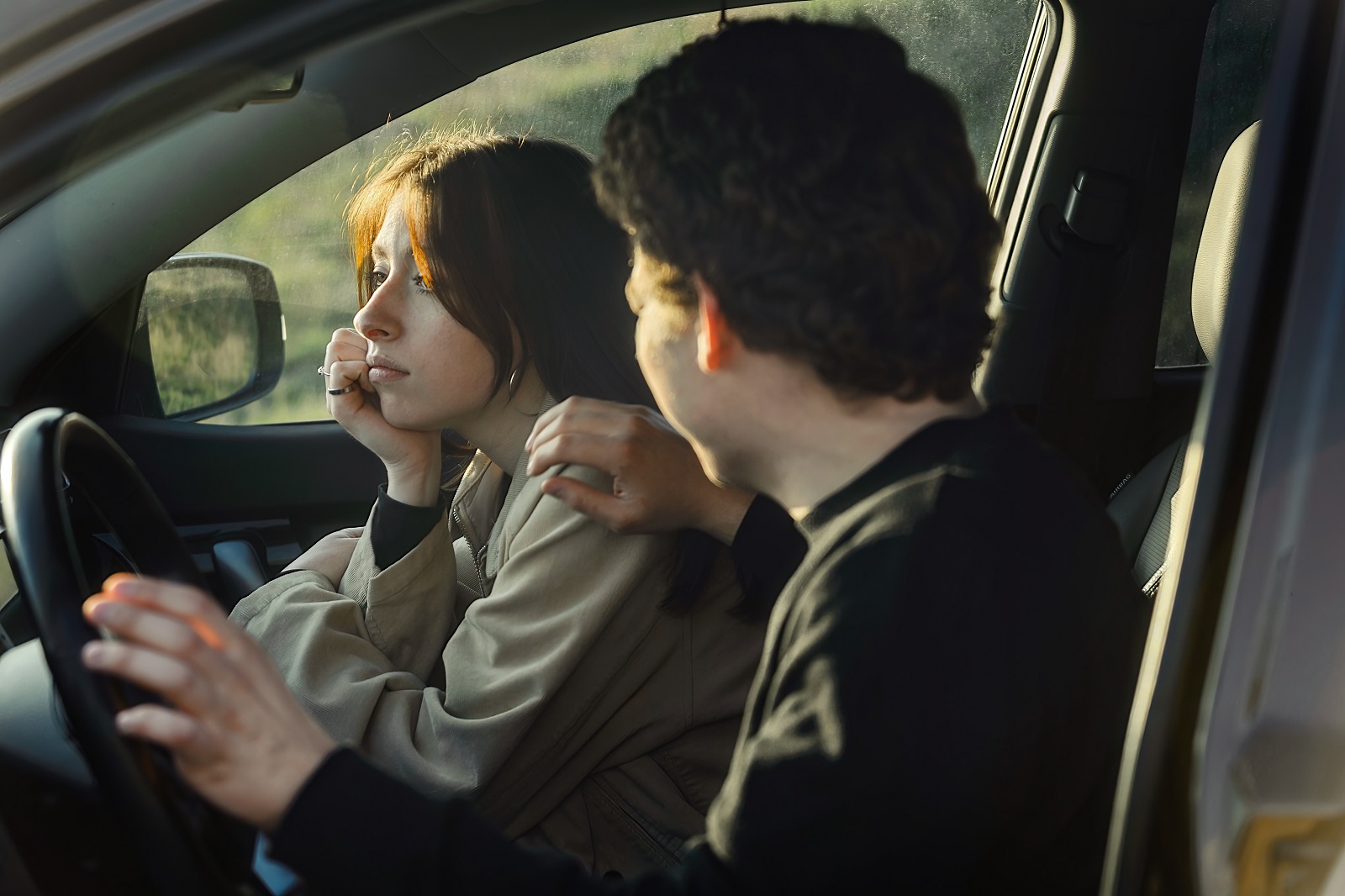
Image Credit: Shutterstock / olgaarmawir
If you have passengers, ask them to remain calm and quiet during the stop. Their behavior can impact the interaction, so it’s important they stay composed.
14. Avoid Sudden Movements
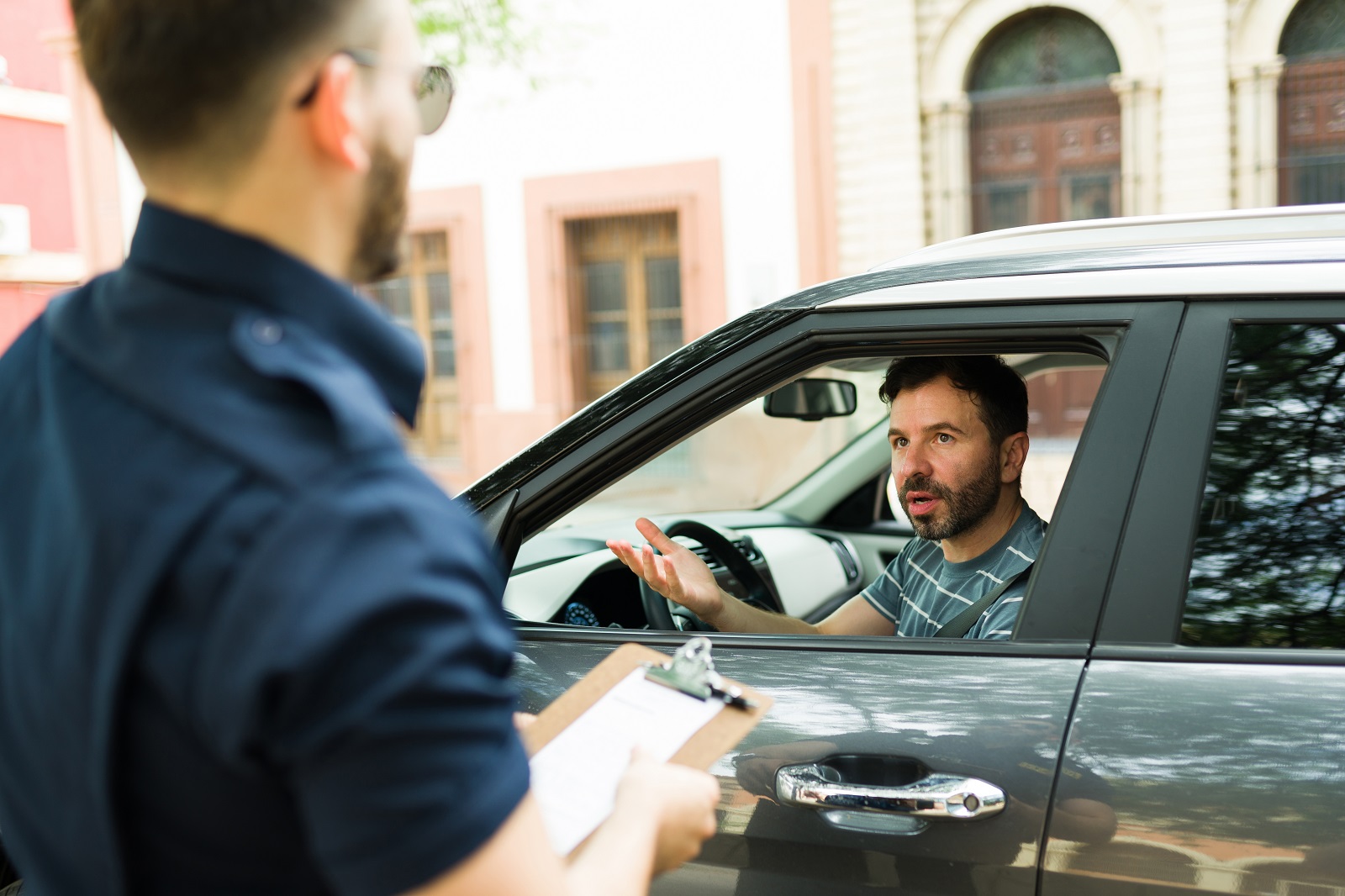
Image Credit: Shutterstock / antoniodiaz
Avoid sudden or suspicious movements that might alarm the officer. Move slowly and deliberately if you need to reach for documents or adjust your position.
15. Stay in Your Vehicle
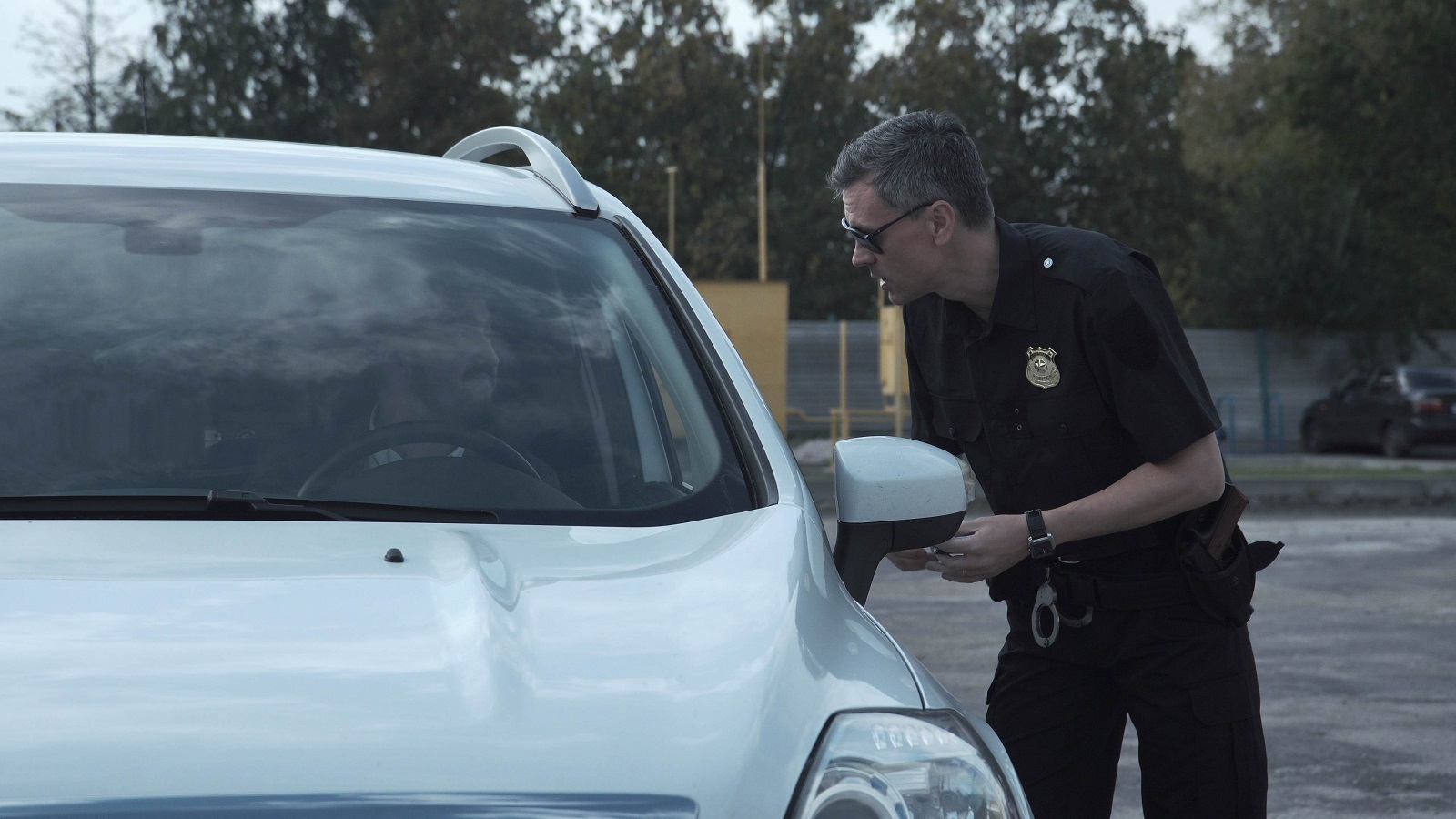
Image Credit: Shutterstock / Frame Stock Footage
Unless instructed otherwise, stay inside your vehicle during the stop. Getting out without permission can be perceived as a threat and complicate the interaction.
16. Know When to Remain Silent

Image Credit: Shutterstock / Ground Picture
You have the right to remain silent. If you’re uncomfortable answering certain questions, politely inform the officer of your intention to remain silent.
17. Report Misconduct Appropriately
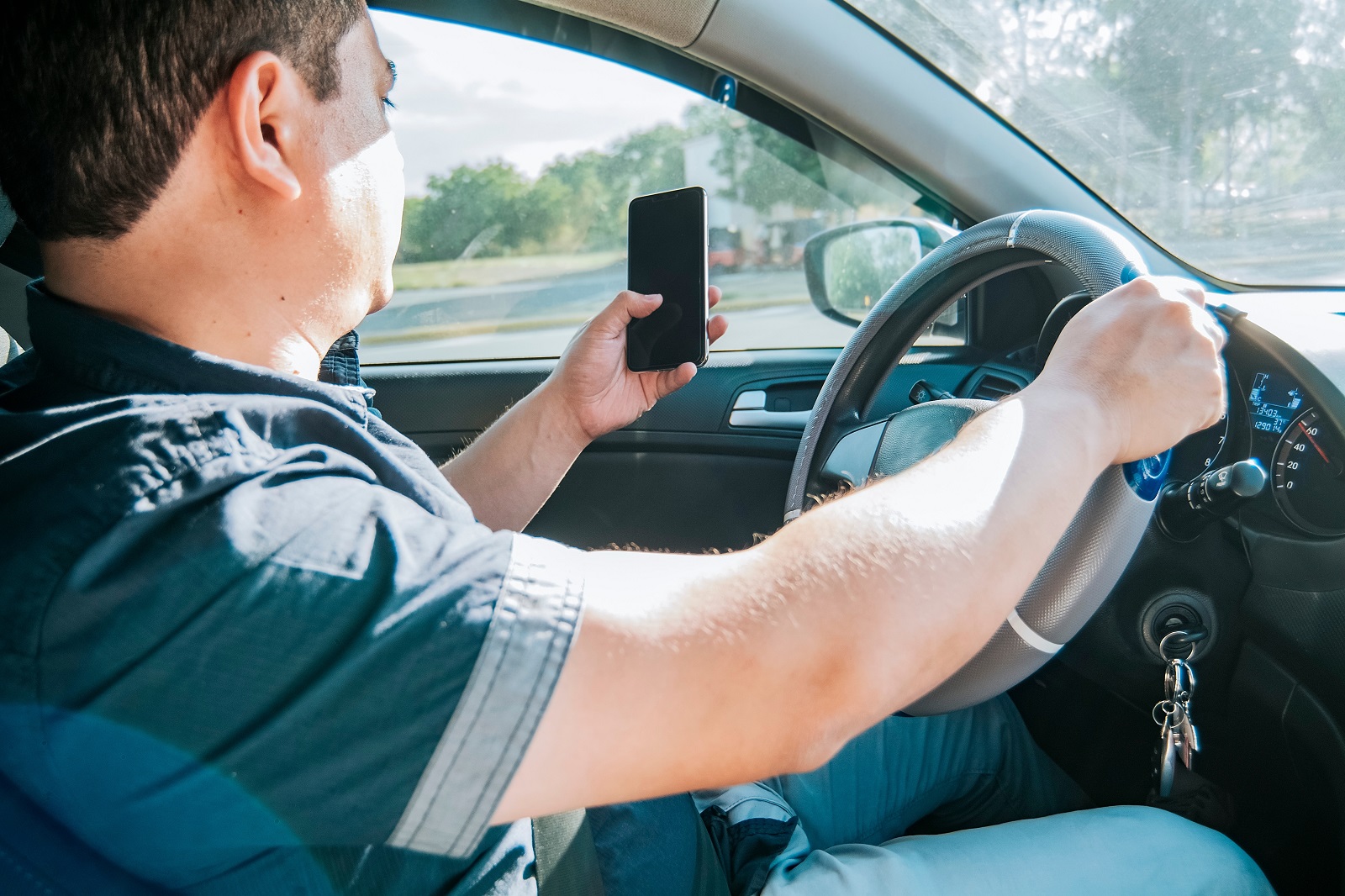
Image Credit: Shutterstock / Netpixi
If you believe the officer acted inappropriately, document the details and file a complaint with the police department later. Addressing misconduct through official channels is more effective than confronting the officer on the spot.
18. Understand the Consequences
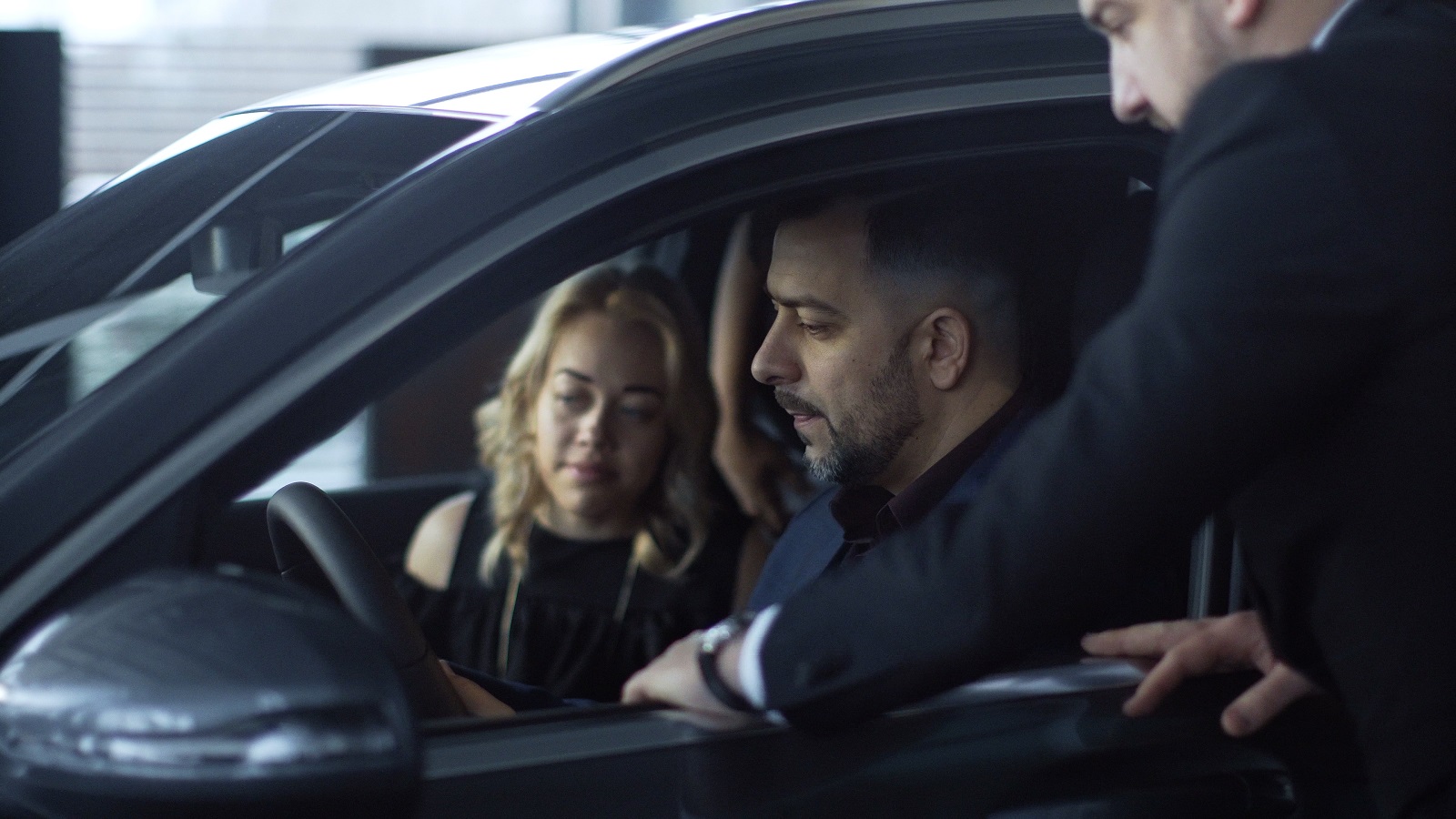
Image Credit: Shutterstock / Frame Stock Footage
Recognize that non-compliance or aggressive behavior can lead to further legal issues, including arrest. It’s usually best to comply and contest any disputes through the proper legal processes.
19. Educate Yourself on Local Laws
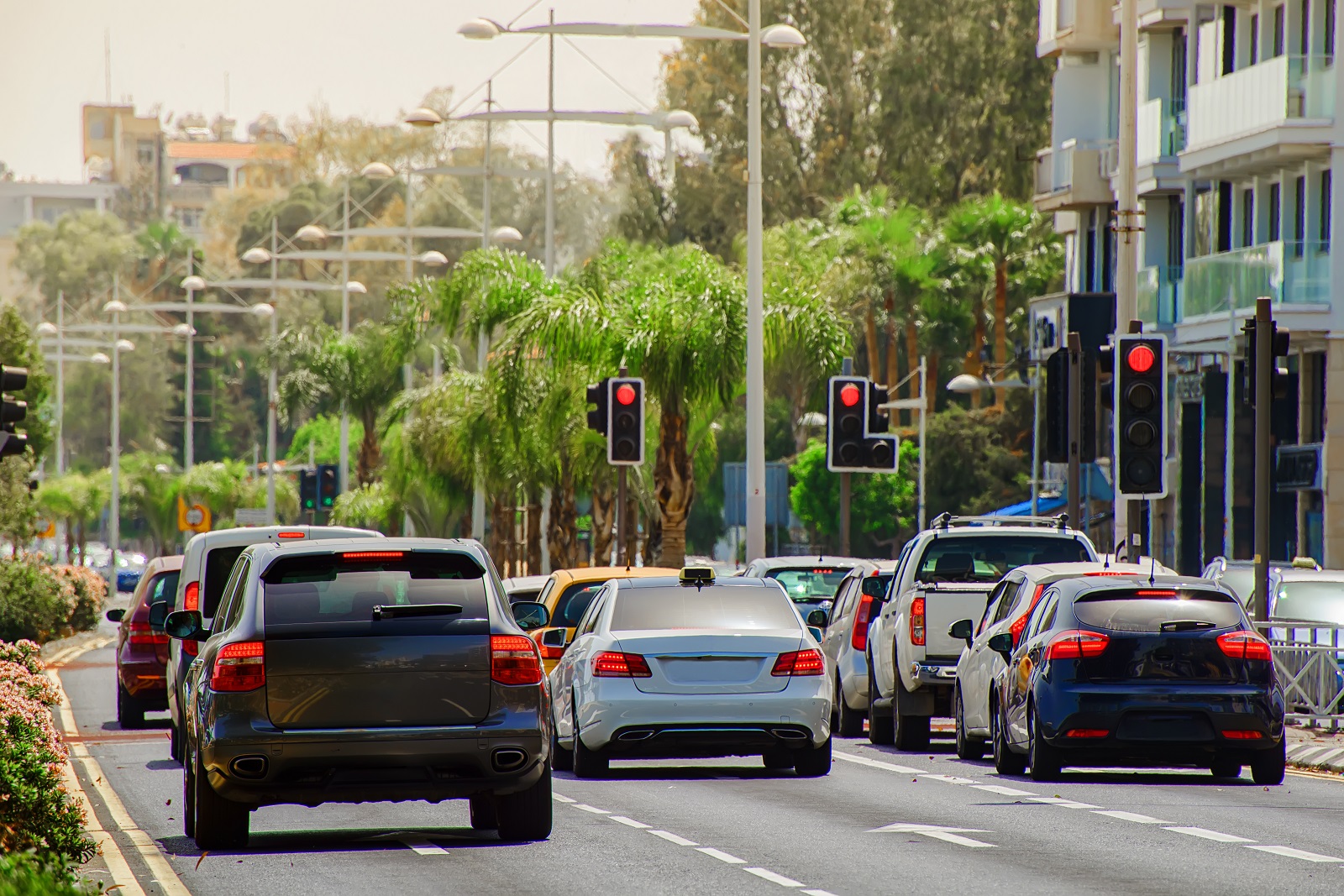
Image Credit:Shutterstock / BACHTUB DMITRII
Traffic laws can vary by state and locality. Familiarize yourself with the laws in your area to better understand your rights and responsibilities during a traffic stop.
20. Practice Good Driving Habits

Image Credit: Shutterstock / Jelena Zelen
One of the best ways to handle traffic stops is to avoid them in the first place by practicing good driving habits. Obey traffic laws, maintain your vehicle, and stay aware of your surroundings to reduce the likelihood of being pulled over.
By following these guidelines, you can help ensure that traffic stops and roadside interactions are as safe and respectful as possible. Understanding your rights and responsibilities, staying calm, and cooperating with law enforcement are key to handling these situations effectively.
Police Magnet: 7 Cars That Guarantee You’ll Get Pulled Over
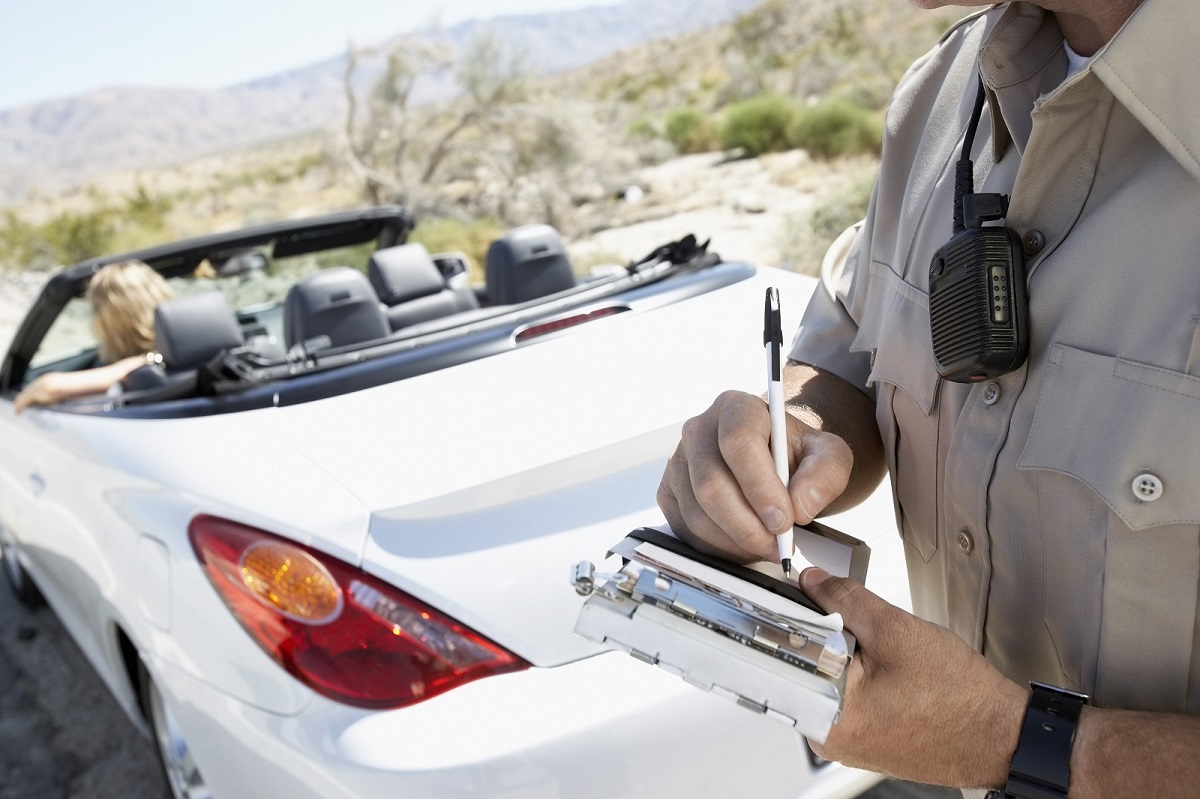
Image Credit: Shutterstock / sirtravelalot
Driving certain cars can make you more noticeable to law enforcement, even if you’re abiding by all the rules. Are you driving one of these “police magnets”? Here are seven cars that seem to attract more police attention than others. Police Magnet: 7 Cars That Guarantee You’ll Get Pulled Over
The Classic Cars That Were Total Clunkers
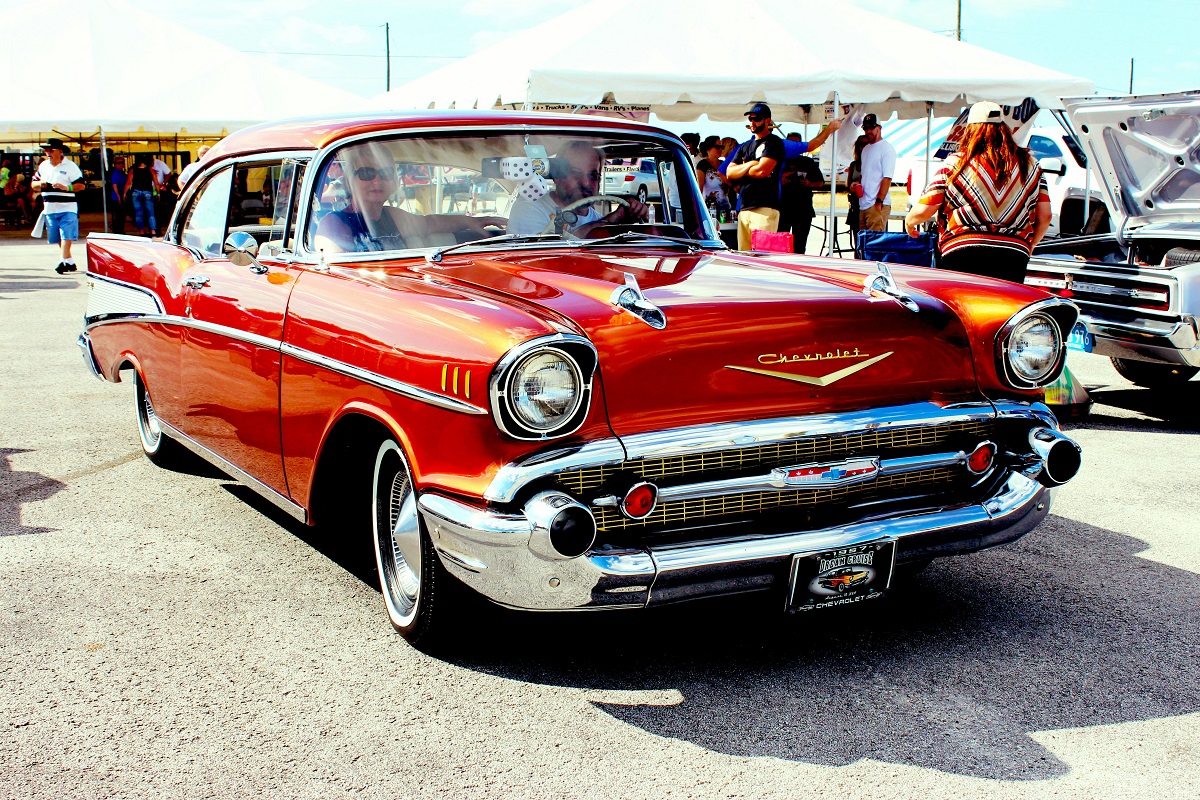
Image Credit: Pexels / Pixabay
Nostalgia has a funny way of making the past seem better than it was, especially when it comes to cars. But here’s the hard truth: some of those “classic” cars your dad raves about were real clunkers. Here’s a closer look at why some of those so-called “classics” weren’t all they were cracked up to be. The Classic Cars That Were Total Clunkers
The Worst U.S. Cars Ever Made: A Retro List

Image Credit: Pexels / Be The Observer
The U.S. auto industry has produced some incredible vehicles, but not every model was a hit. Here’s a look back at 16 of the worst cars ever made in the U.S., each infamous for its own unique flaws. The Worst U.S. Cars Ever Made: A Retro List
Featured Image Credit: Shutterstock / Ground Picture.
For transparency, this content was partly developed with AI assistance and carefully curated by an experienced editor to be informative and ensure accuracy.
The images used are for illustrative purposes only and may not represent the actual people or places mentioned in the article.
